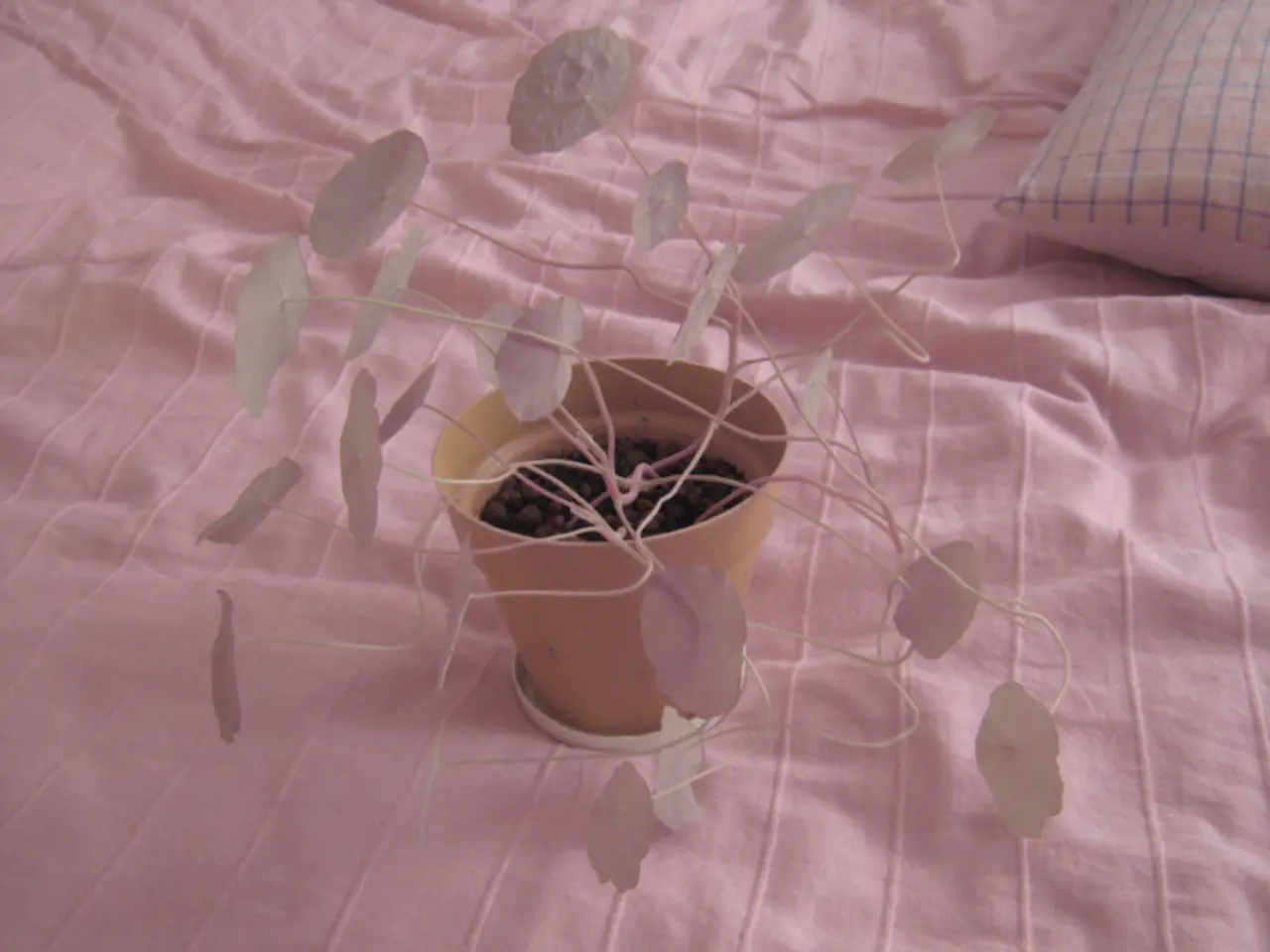Unknown Gardener's Picks: 8 Lesser-Known Floral Options Experts Suggest for Your Garden Yard
In the world of gardening, there are some plants that often fly under the radar, yet they offer a multitude of benefits for both the garden and the environment. Here are some of the unsung heroes that you might want to consider for your next planting project.
Creeping thyme, one of the best ground cover plants, is a versatile choice that thrives even in poor soil. It's not only a great spiller plant for pots, but it also shines in zones 4-9. If you're looking for a plant that can add a touch of elegance to your pots, consider adding a little grit to the soil to help creeping thyme truly shine.
Zinnias, with their tall and compact varieties, are underrated annual bedding plants known for their good looks, longevity, and environmental benefits. These vibrant flowers support pollinators like bees and butterflies, enhancing garden biodiversity. In warmer or drought-prone areas, Mexican feather grass, although technically a perennial, is a valuable choice for its drought tolerance and low maintenance.
For those seeking longer-lived options, asters and chrysanthemums offer extended garden presence and pollinator support, although they are technically not annuals.
Salvia 'Rose Marvel' is a cold-hardy, reblooming, and deer- and rabbit-resistant plant with a dense, upright habit. Ideal for borders, beds, or containers, this plant's gorgeous rose pink blooms attract bees, butterflies, and hummingbirds.
Water hyssop, on the other hand, thrives in zones 8-11 and is one of the best plants for wet soil. It offers delicate white blooms and lush green leaves that make for a great ground cover plant in wet climates. In warmer climates, it blooms from spring right round to fall.
Astilbe, hardy perennials that thrive in shade, are another great choice. Offering feathery, colorful blooms from early to late summer, astilbe range in height from 1-4 feet, have fern-like foliage, are deer-resistant, adaptable to a variety of soil conditions, and can brighten up difficult, shady spots.
Verbena 'Lolipop' is a compact and free-flowering plant with clouds of soft lavender-violet blooms from early summer to fall. It's drought-tolerant, heat-loving, and low-maintenance, making it a standout in borders and containers. Its airy blooms attract butterflies and hummingbirds.
Lantana 'Summer Popsicle' is a vibrant, sun-loving bloomer with rose and mauve flowers that shift to yellow-orange in fall, paired with sculpted deep green foliage. It's drought-tolerant and a great choice for xeriscaping.
Lastly, creeping thyme fits into the edimentals trend of ornamental plants that are also edible. Part of the mint family, this plant is not only absolutely gorgeous, as it flowers in shades of lavender, pink, white, and even red, it's soft to walk on, non-toxic to pets, and attracts pollinators. Plus, it can be used in cooking as it has a slightly milder taste than regular thyme.
These plants provide more than just visual appeal; they contribute to a healthier and more diverse garden ecosystem. Whether you're looking for annuals, perennials, or plants that can thrive in various soil and climate conditions, these unsung heroes are worth considering for your next gardening project.
- In the realm of landscaping, creeping thyme, a versatile ground cover plant, not only brightens up pots but also flourishes in poor soil and zones 4-9.
- Zinnias, with their tall and compact varieties, offer more than just good looks as they support pollinators, enhance biodiversity, and are suitable for warmer or drought-prone areas.
- For those desiring plants with extended garden presence, asters and chrysanthemums, although not annuals, offer pollinator support and a vibrant display of blooms.
- Verbena 'Lolipop', a low-maintenance, drought-tolerant, heat-loving plant, not only beautifies borders and containers but also attracts butterflies and hummingbirds. Furthermore, creeping thyme, aside from its ornamental value, is edible and suitable for cooking due to its milder flavor.





